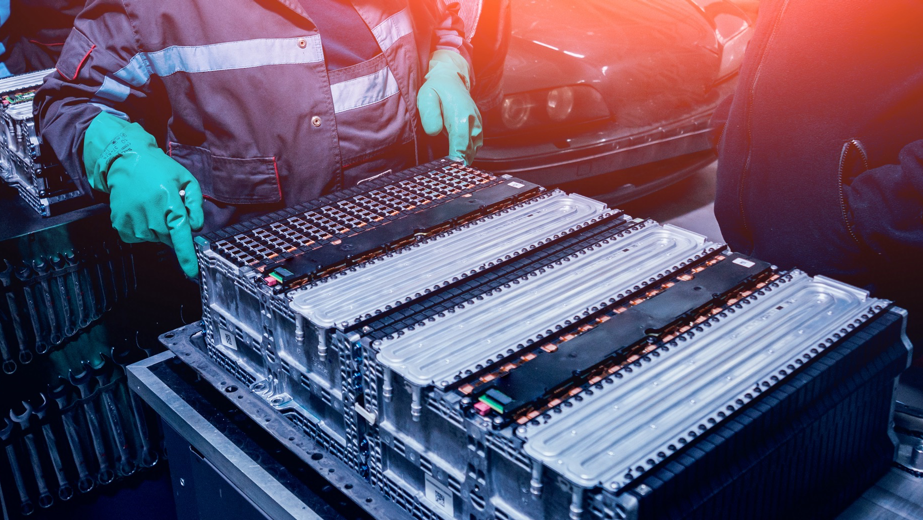Battery manufacturers, if you’re frustrated by how to prioritize and implement a battery recycling process, you are not alone.
One of the biggest challenges we hear from our customers? Continuously evolving regulations and the complexity of reporting standards.
There are multiple reporting frameworks you can use. How are you supposed to choose the right one for your business?
In fact, 56% of companies failed to measure Sustainable Development Goals (SDG) set by the UN, according to Reuters.
Looking ahead, there are many different frameworks and upcoming regulations that will impact the way that companies need to operationalize sustainability.
It is increasingly clear how regulations have a direct link to natural operations. And regulations are only going to continue to evolve. For example, according to Harvard Law, the landscape for
Environmental, Social, and Governance (ESG) disclosure by U.S. public companies faces potentially dramatic changes within the U. S. Securities and Exchange Commission (SEC).
How can manufacturers understand current regulations and stay ahead of upcoming ones? Keep reading.
The Continued Environmental and Business Need to Decarbonize the Economy
The battery recycling process–and other energy-efficient methods–are critical to the health of the planet and human population, and the long-term viability of manufacturing companies.
● Industrial manufacturing accounts for 40% of global energy use and 30% of greenhouse emissions. (World Economic Forum).
● Around the world, 2.01 billion tons of municipal solid waste are generated annually (World Bank).
● Implementing energy-efficient measures in an average manufacturing company could save between 10% and 30% of its energy costs, typically accounting for at least 5% of total expenses (World Economic Forum).
If these statistics tell us anything, it’s that the opportunity to create a more circular economy is critical–and significant.
Overview of Global Regulations for the Battery Recycling Process and Other Sustainability Methods
United States
The United States passed the Inflation Reduction Act (IRA) at the federal level. The IRA aims to create a localized battery supply chain in North America and free-trade-friendly countries.
Here are a few specifics about what the IRA does:
● Shifts where incentivization is targeted. Previously, incentives benefited manufacturers who produced XEVs, BEVs, PHEVs, etc. With the IRA, incentivization focuses on sourcing for and final assembly of EVs in North America to promote a more localized supply chain for EVs. It also provides consumer tax credits of up to about $7500.
● Accelerates investment in battery cell manufacturing. 50% of components are required to comply by 2023 and 80% by 2027.
● Drives localization of supply chain for components by battery cell manufacturing like cathode production and anode production.
● Encourages upstream and downstream partnerships between EVs and the battery value chain, from mining to recycling. This increases EV battery recycling investments in America as a source for critical components. For example, the extracted minerals from a battery produced in China and recycled in the United States, are now considered U.S.-sourced components.
California
Next let ‘s look at the state level. In California, $1.5B was approved to develop an EV and battery supply chain.
Additionally, the Lithium-Ion Car Battery Recycling Advisory Group, the California Environmental Protection Agency, the Department of Toxic Substances Control, and the Department of Resources Recycling and Recovery proposed specific battery recycling and traceability measures, including proposed recovery rates as close to 100%. However, the proposal didn’t receive majority support at the time.
Canada
Canada's current battery recycling legislation includes the following:
● Required recovery rates of 70% by 2023.
● Funding for clean technology investments, which includes recycling and battery disposal education.
Europe
The European Union has similar requirements to North America:
● Specific recycling efficiencies and funding for battery supply chain recycling.
● Tracking and traceability via a digital product passport to verify compliance for recycled material content; ensure that no child labor with raw material mining; and provide public education for battery disposal.
China
China is where the majority of lithium-ion batteries are produced. Here is a quick overview of their legislation:
● Required recovery rates greater than 80% since 2018.
Refrain from viewing them as regionally based for optimal success in complying with these regulations. Why?
Because the regulations in Europe could impact companies that sell products to Europe, many of the regulations will impact companies’ global operations.
You Can Influence Legislation Around the Battery Recycling Process
The legislation around battery recycling and reuse is constantly changing. Would you like to have a say in it? Then watch our recent webinar, The Battery Lifecycle: Recycling & Sustainability.
Rockwell Automation experts detail the battery recycling process, methods, costs, case studies, and specific ways you can influence the global conversation around sustainable manufacturing and recycling practices.


